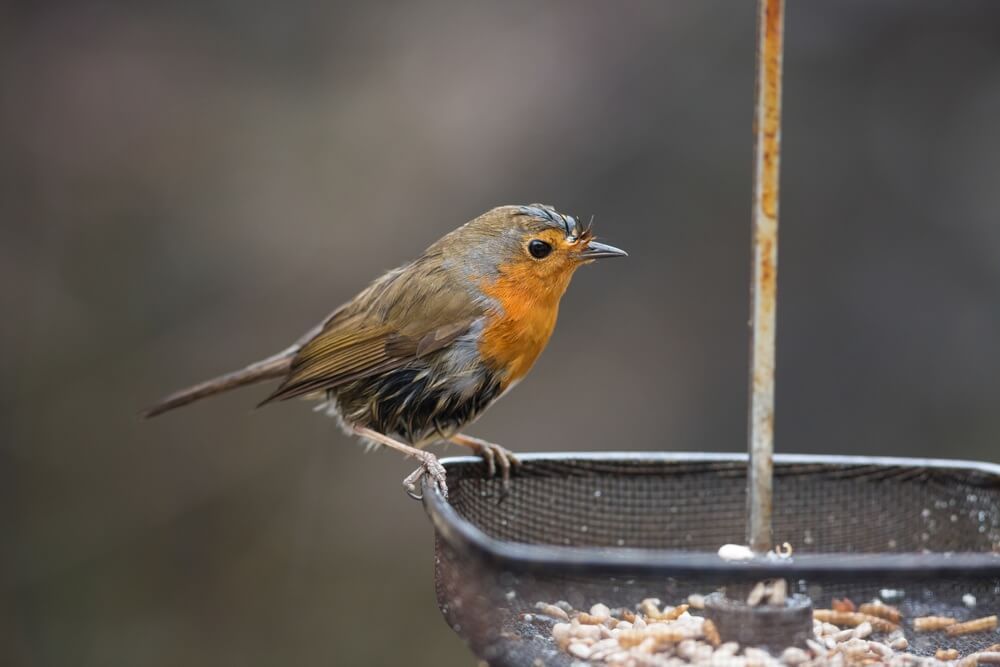
This robin is looking a bit fed up, and I totally get it - we all are!
With the weather forecast looking wet, wet, WET for the foreseeable future, it's worth taking a look at our bird feeding practices to ensure we give our feathered friends a fighting chance. Natural food resources are still very scarce, and this inclement weather is testing, so wild birds need all the help they can get.
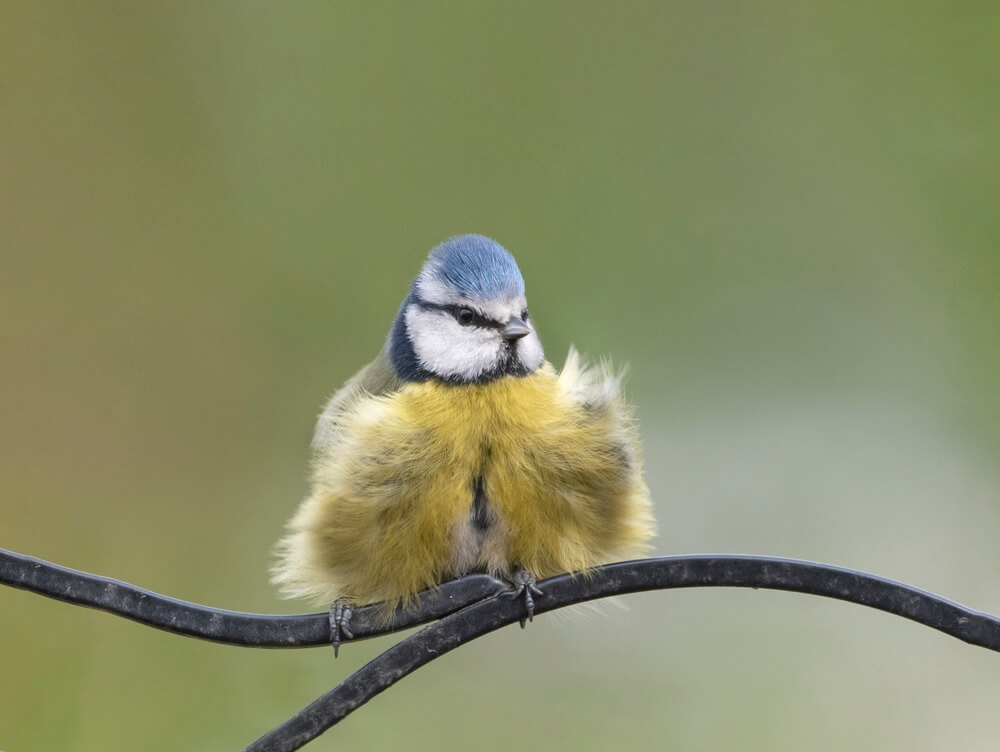
Birds naturally waterproof themselves by preening their feathers, coating them with oil from glands at the base of their tail to help water run off.
They also trap pockets of air in the downy under-layers of feathers to keep them warm. Just like a duvet!
So in light showers, you may see birds fluff up their feathers, but in heavy rain, they will flatten them down to help water run off.
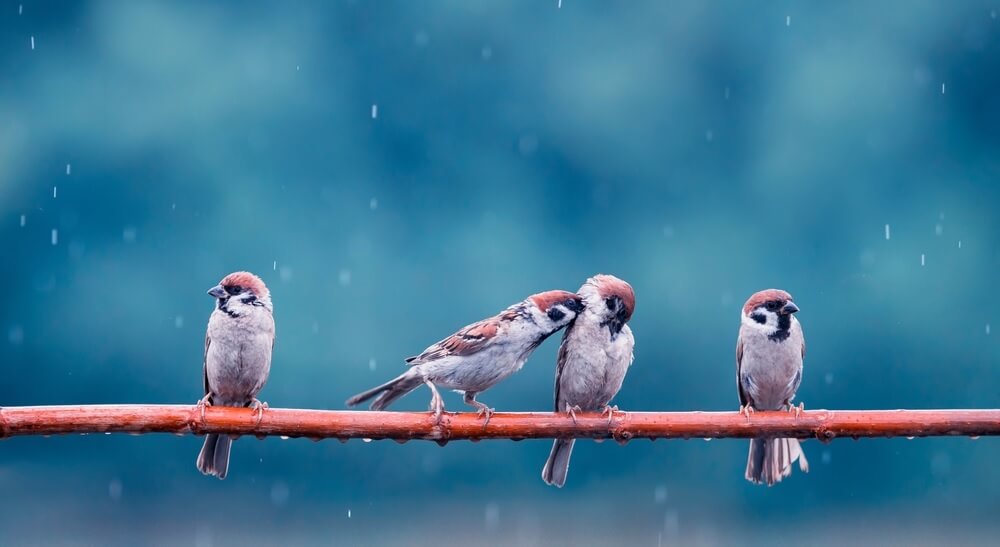
You may also see birds huddled together to keep warm and dry, or positioned in a particular way - bodies upright and heads withdrawn with beaks pointed towards the rain. This position allows them to conserve energy, plus it minimises the rain's contact with their body while helping it to slide off easily.
However, if a bird's feathers get waterlogged, the water will then reach their skin. This puts the bird at real risk of hypothermia as their body temperature drops. Small birds have smaller energy reserves and a higher surface-to-volume ratio than larger birds, so they are more at risk as they lose heat very quickly.
Do birds take shelter when it rains?
Yes, birds can take shelter under thick hedgerows and shrubs - but only for short periods of time as they need to feed regularly. Sooner or later they will need to get wet!
The oil in their feathers will protect them over short distances, but if their wing feathers get saturated, this makes it difficult to fly and leaves them vulnerable to predators.
Here is something simple and inexpensive that you can do to help: sink a few roosting pouches on the sheltered side of garden hedges and bushes to offer little birds some immediate shelter from the inclement weather.
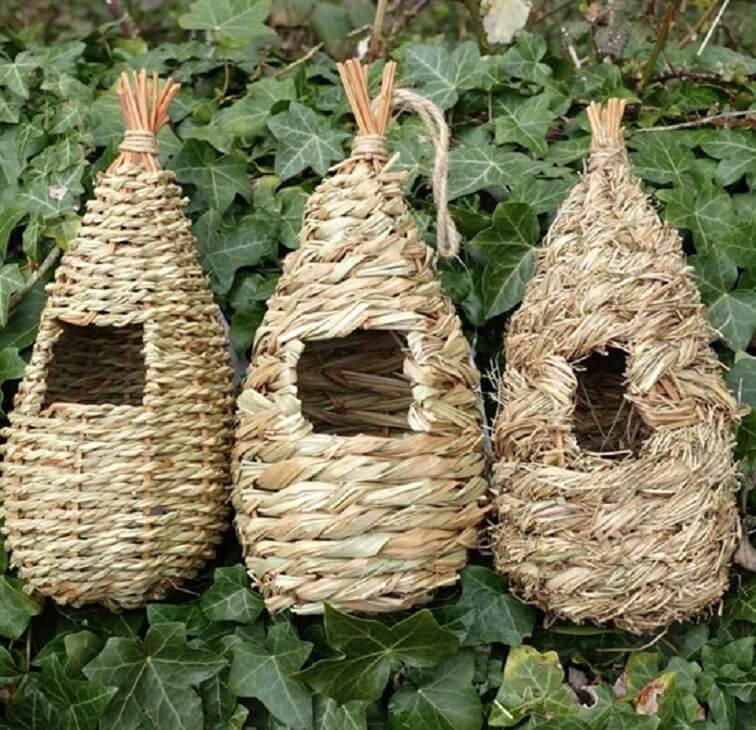
Instant Shelter Here >>
**From Only £4.49**
Not only is rain a risk to the birds themselves, but the feed you provide them can easily get damp and clogged up, making it less appetising and harder to get to. This also increases the risk of mould and bacteria forming, which can spread disease.
How to keep your garden birds (and their food) dry:
- The simplest step is to move your bird feeders under a tree or shrub, or to a more sheltered position in your garden. The birds may have to rediscover the feeder after you move it, so don't be surprised if you don't see them for a couple of days.
- Don't overfill your feeders. Putting less seed in the feeder means there's less to get damp and clump together, which should help the seeds to flow more freely. This is particularly relevant for peanuts, which will go mouldy if left in wet conditions.
- Keep moisture to a minimum! Before refilling your feeder, make sure the inside is nice and dry.
- Feeders with fewer ports have fewer points where water can enter, so consider 'downsizing' your tube feeders in wet weather (e.g. switch from a 6-port feeder to a 4-port feeder).
- Using Feeder Fresh granules in your tube feeder helps to absorb excess water and prevent mould growth. The granules re non-toxic for birds and wildlife, and they're currently on offer with 10% off!
Feeder Fresh - SAVE 10% Here >>
- Use a free-flowing seed mix specifically for tube feeders, such as our home-grown Feeder Mix or The Original Farm Mix. Smaller seeds are less likely to clump together, meaning the birds can feed more easily. Another reason to buy clean, high-quality seed!
- Look for feeders with offset ports - these make sure that any dampness isn't confined to the same areas of the feeder, helping the seed to flow. Alternatively, wide-bore feeders such as our favourite Big Easy Feeders won't get clogged up.
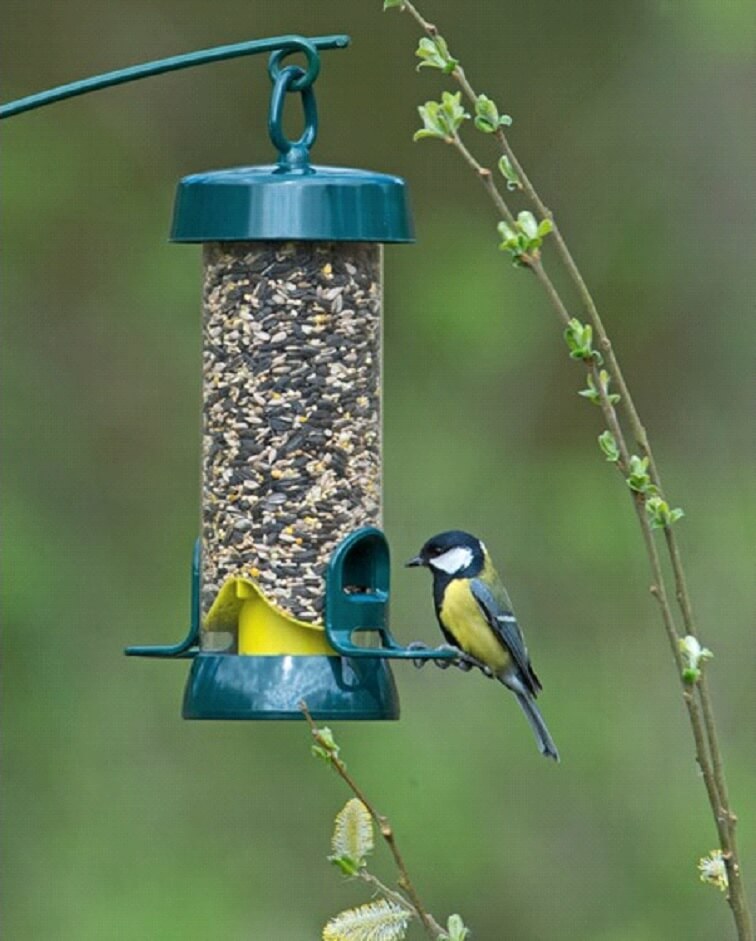
Big Easy Feeders Are Here >>
- For ground feeders, tables and trays, there should always be drainage holes (preferably a mesh base to help airflow around the seed easily).
- We sell a wide range of feeders with roofs, from window feeders with clear roofs for observation to mealworm feeders and larger hanging robin feeders (which other birds will enjoy too). Some of our feeders have an adjustable-height roof, which not only keeps the rain off, but keeps bigger birds out as well.
- Squirrel baffles provide a large canopy area to keep the rain off, while also keeping pesky squirrels at bay!
- We also stock the Rain Away rain shield (shown below) for tube seed feeders. This is an inexpensive flexible canopy that's designed to shield your feeding ports and little birds from the rain. Each rain guard costs only £9.95.
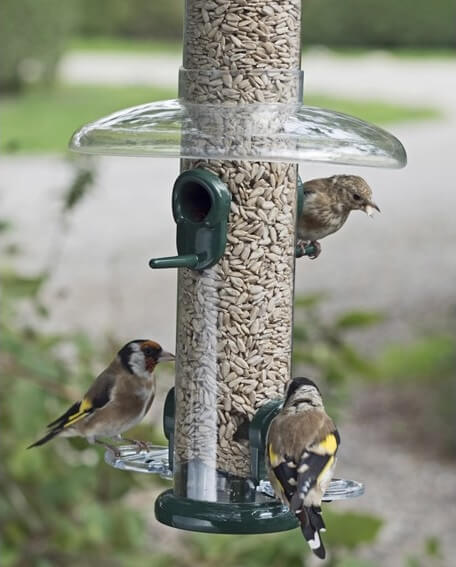
I hope there are a few ideas here to help you make bird feeding in very wet conditions slightly more successful for your garden birds.
Follow us on social media for special offers and day-to-day updates from the farm!
Facebook Instagram Twitter
 Seed Feeders
Seed Feeders Peanut Feeders
Peanut Feeders Peanut Butter Feeders
Peanut Butter Feeders Suet & Fat Feeders
Suet & Fat Feeders Window Feeders
Window Feeders Hanging Feeders
Hanging Feeders Feeding Stations
Feeding Stations Ground Feeders
Ground Feeders Easy Clean Feeders
Easy Clean Feeders Bird Tables
Bird Tables Seed Trays
Seed Trays Bird Baths & Drinkers
Bird Baths & Drinkers Feeder Accessories
Feeder Accessories Feeder Hygiene
Feeder Hygiene Squirrel Proof Bird Feeders
Squirrel Proof Bird Feeders For the Kids
For the Kids Niger Seed Feeders
Niger Seed Feeders Mealworm Feeders
Mealworm Feeders Bird Food Storage
Bird Food Storage Fat Ball Feeders
Fat Ball Feeders
